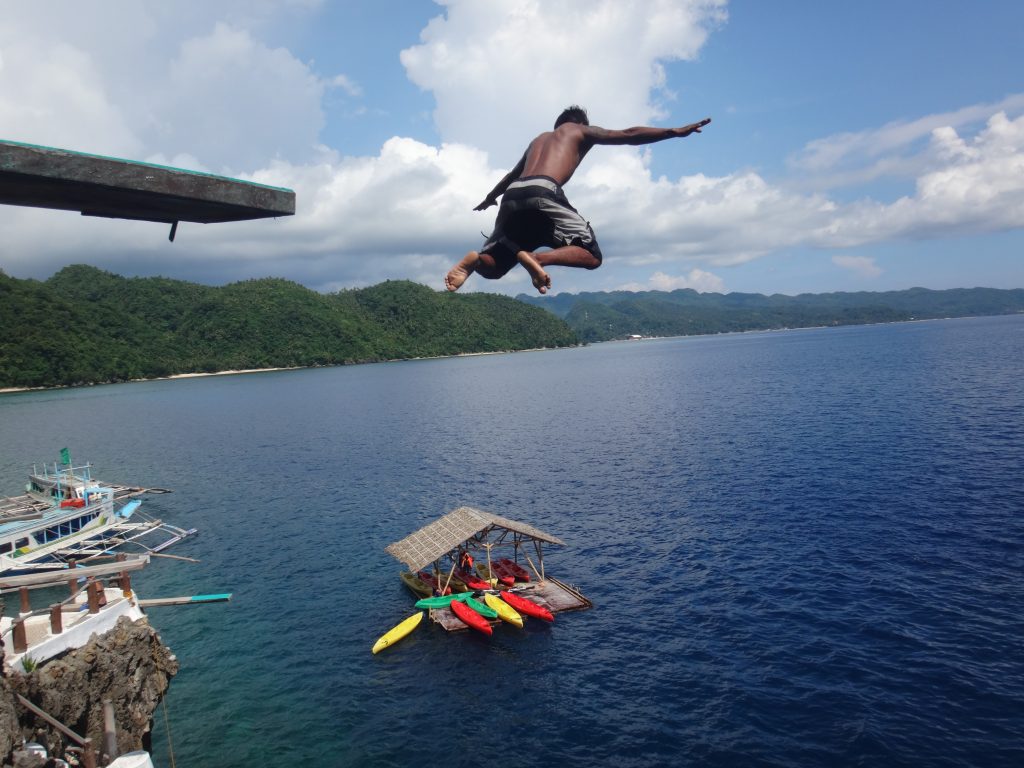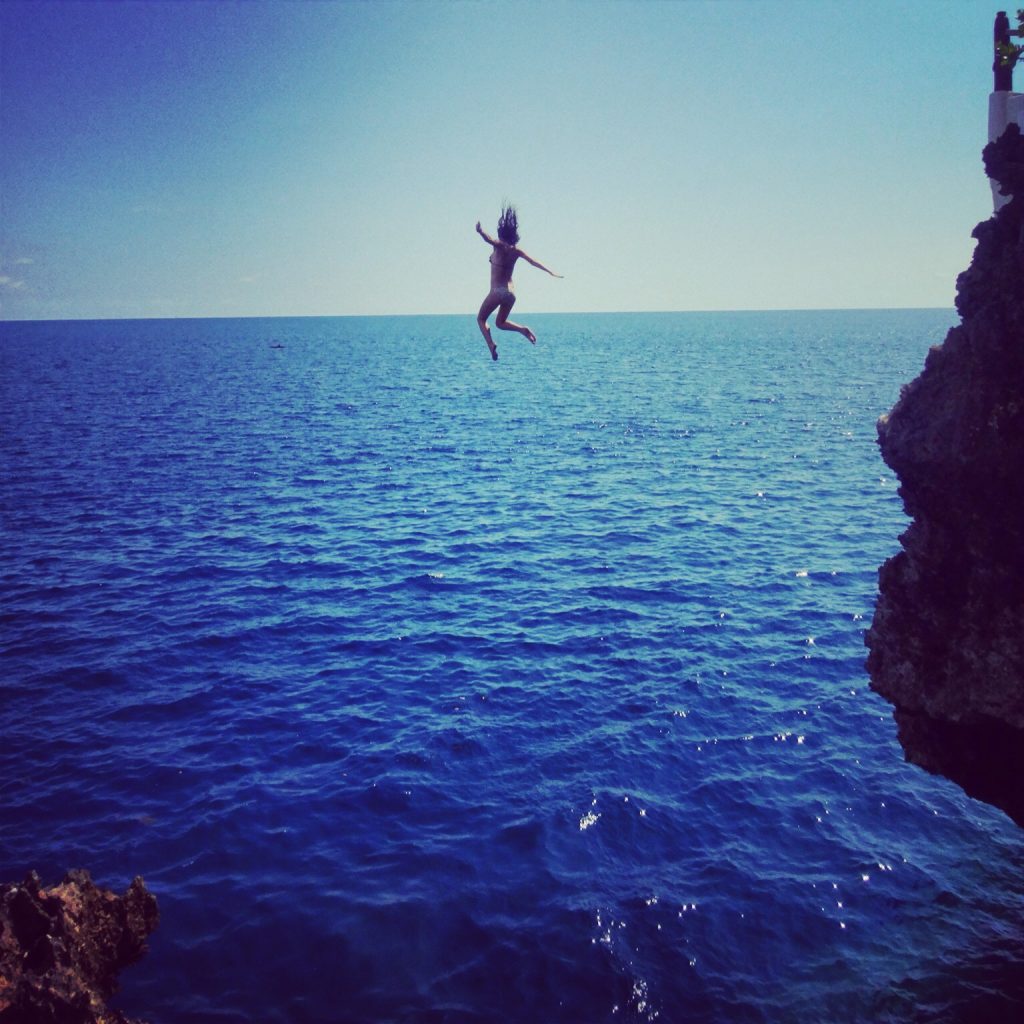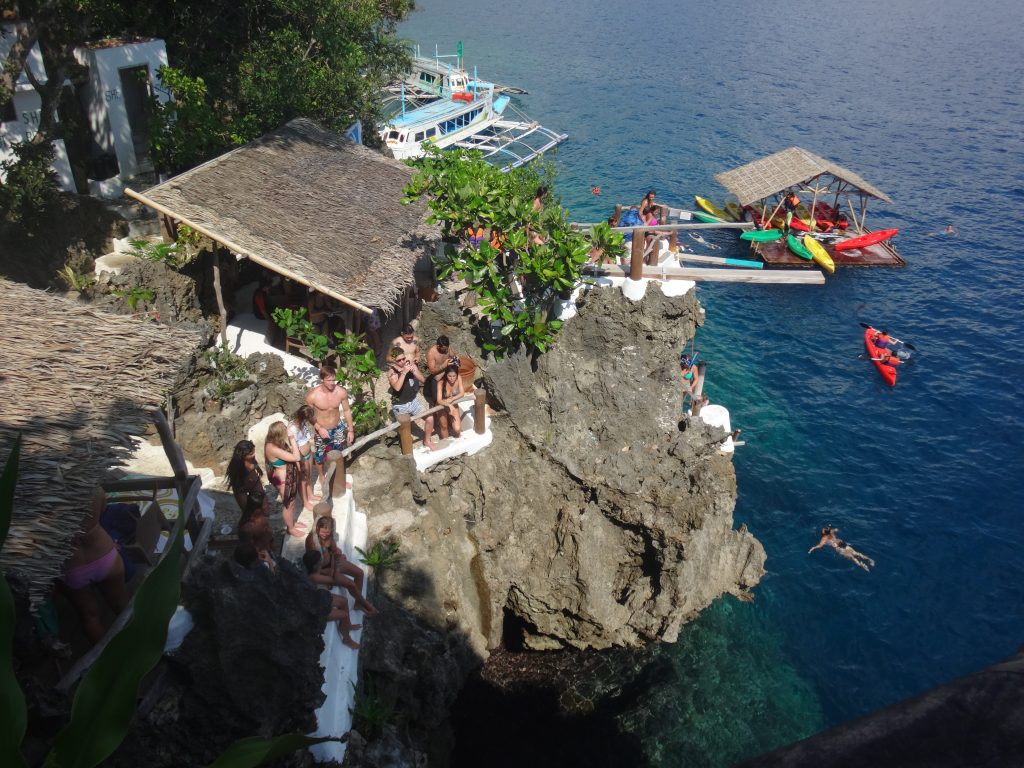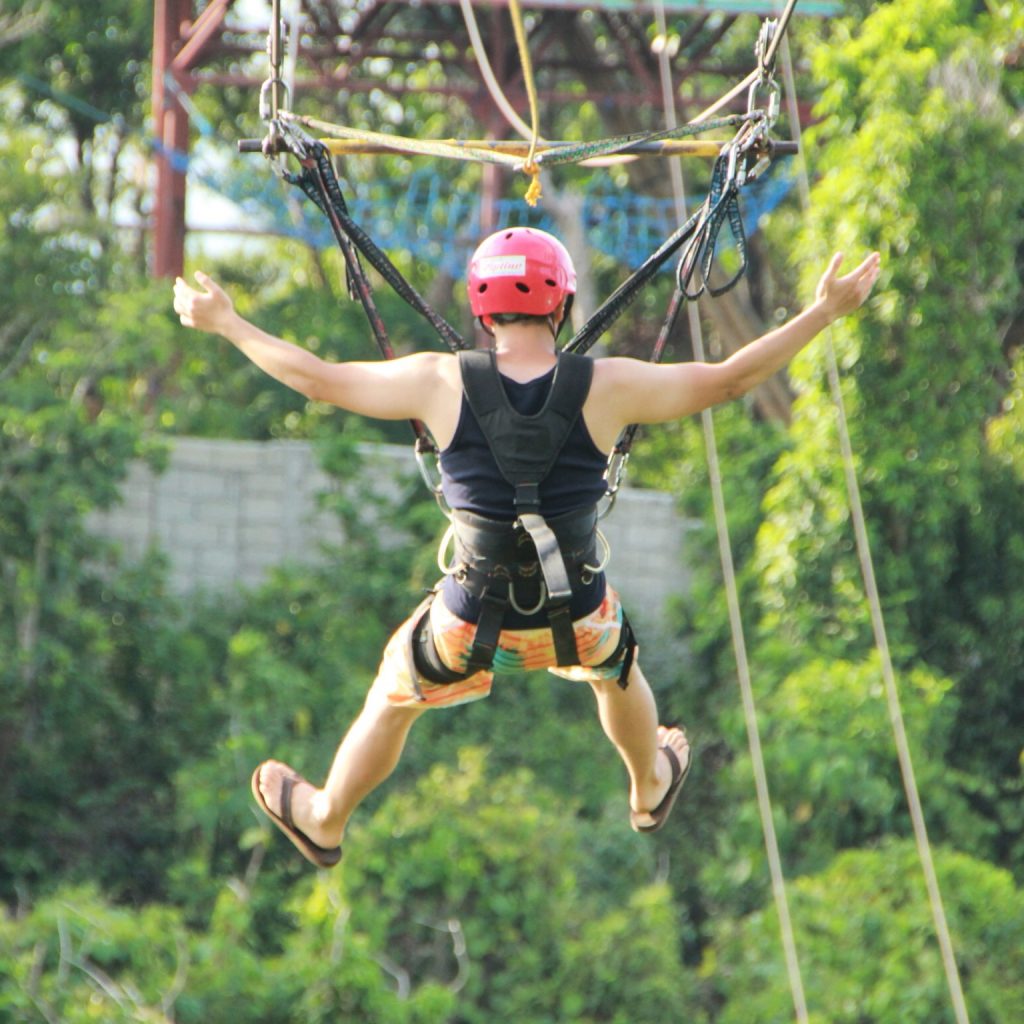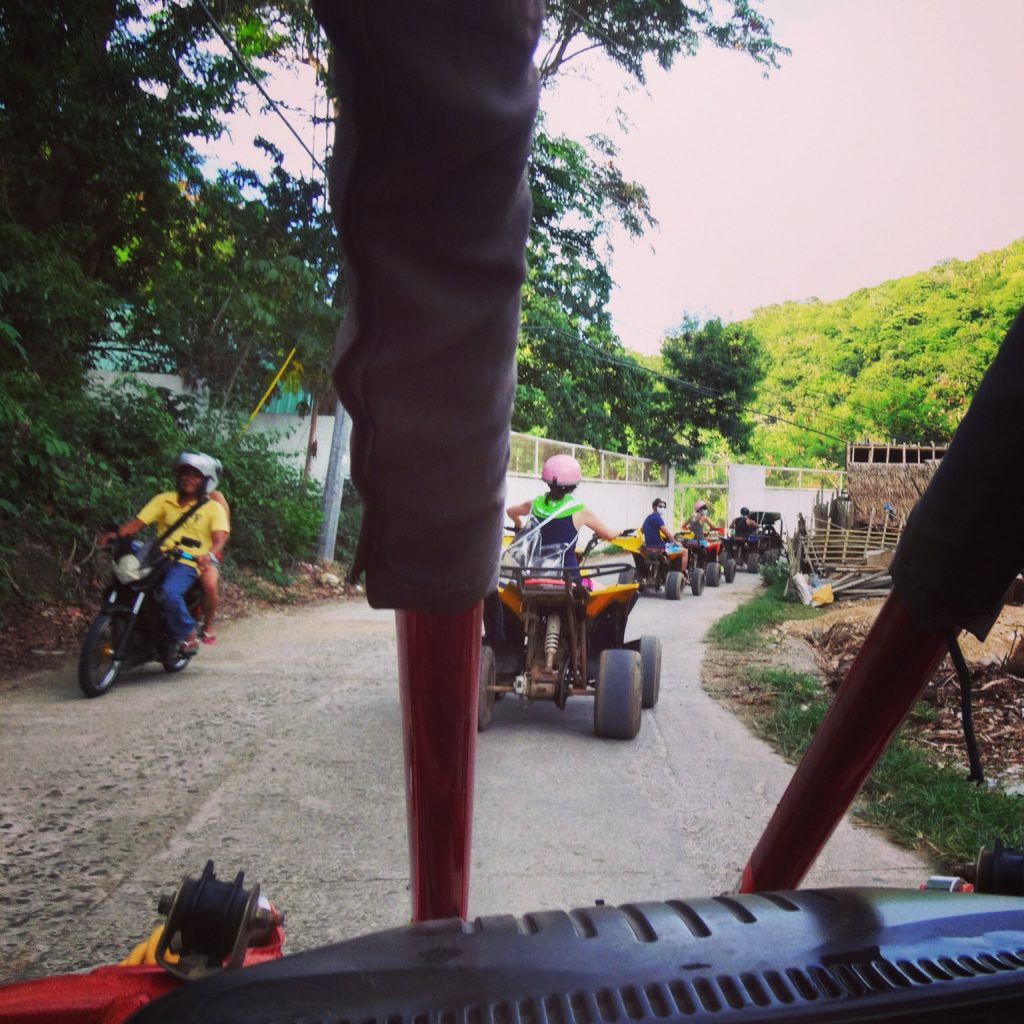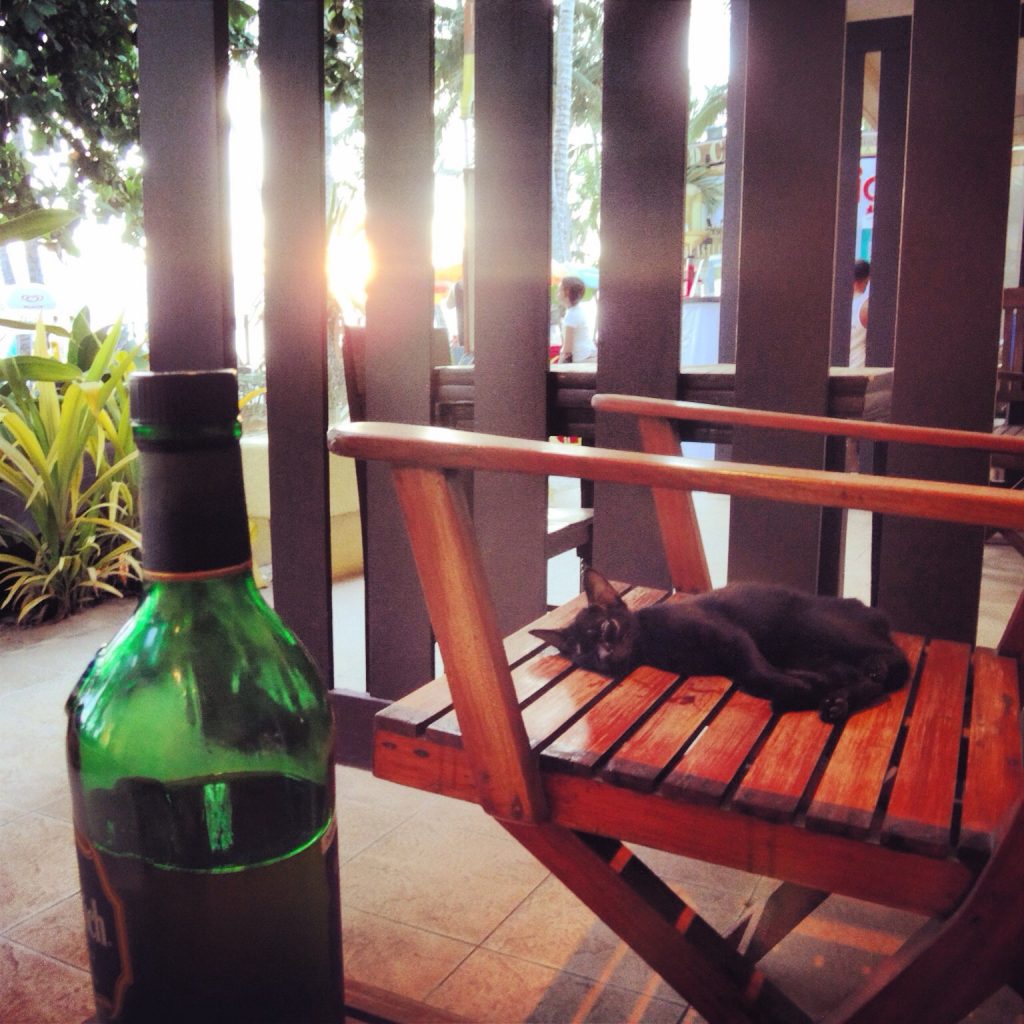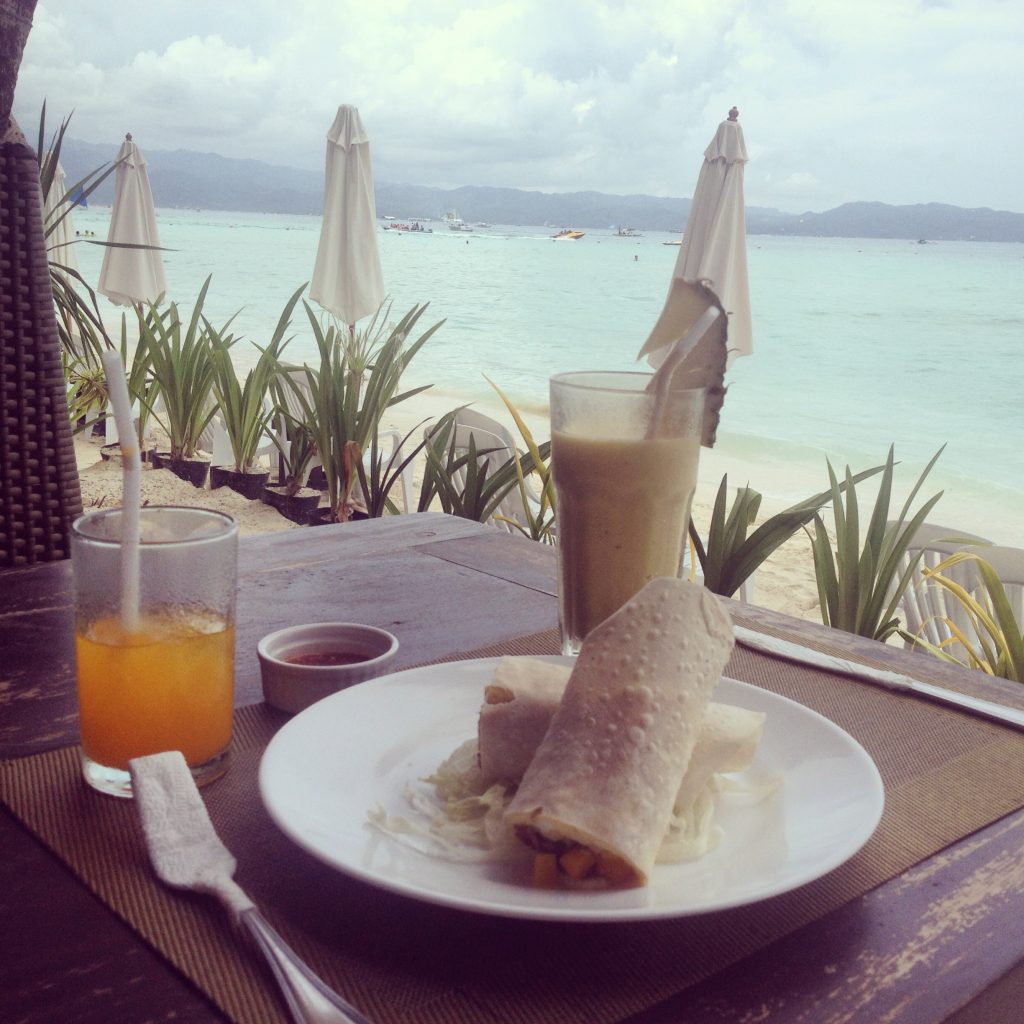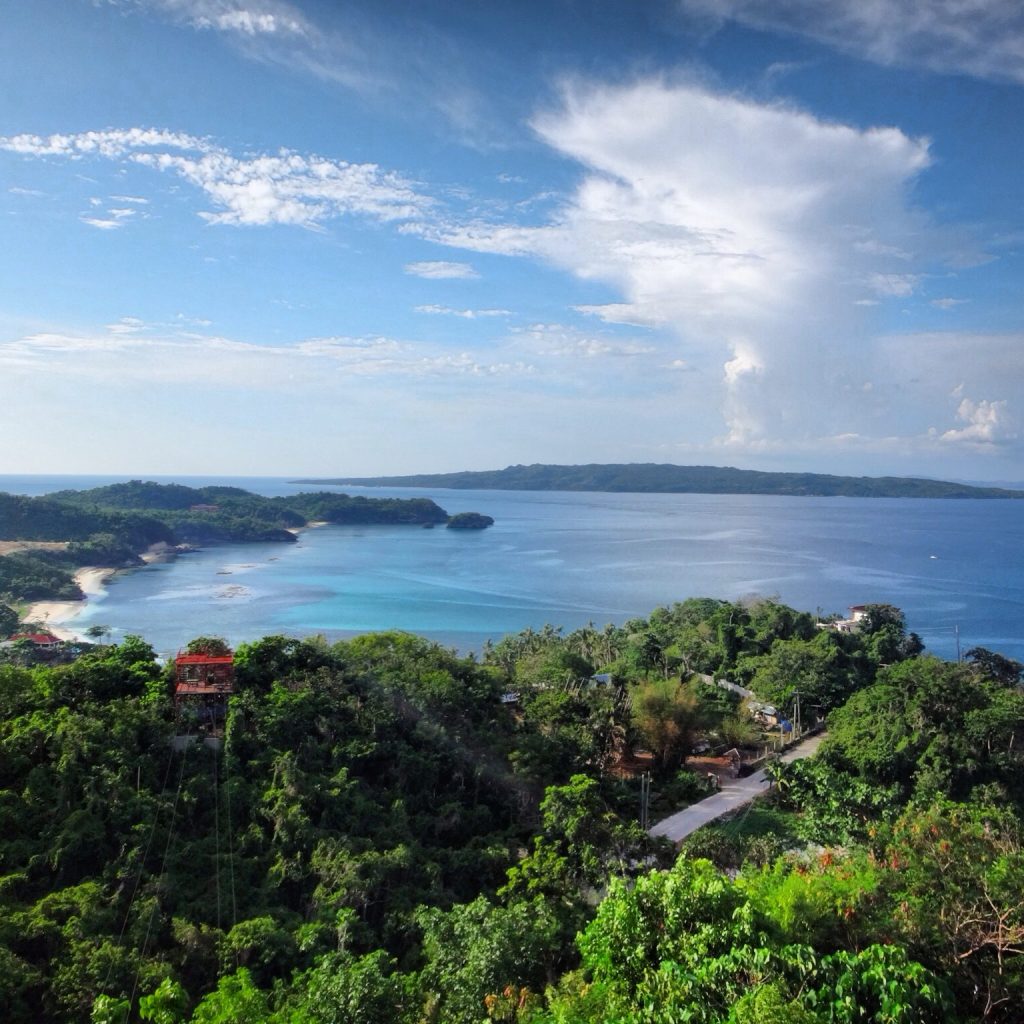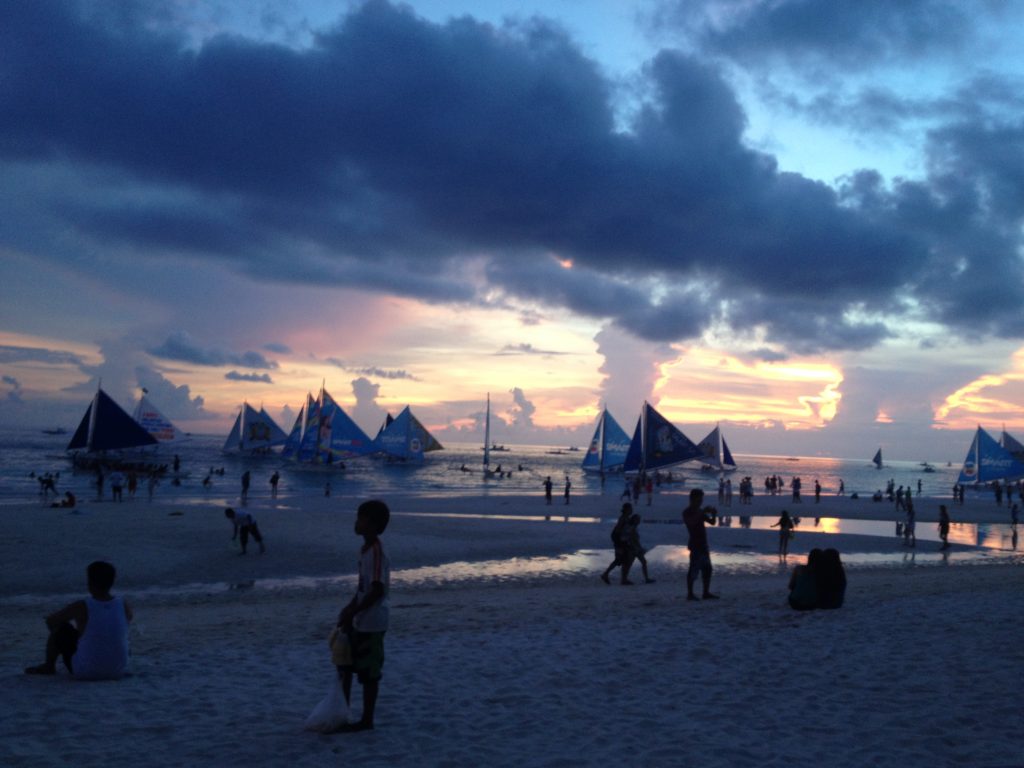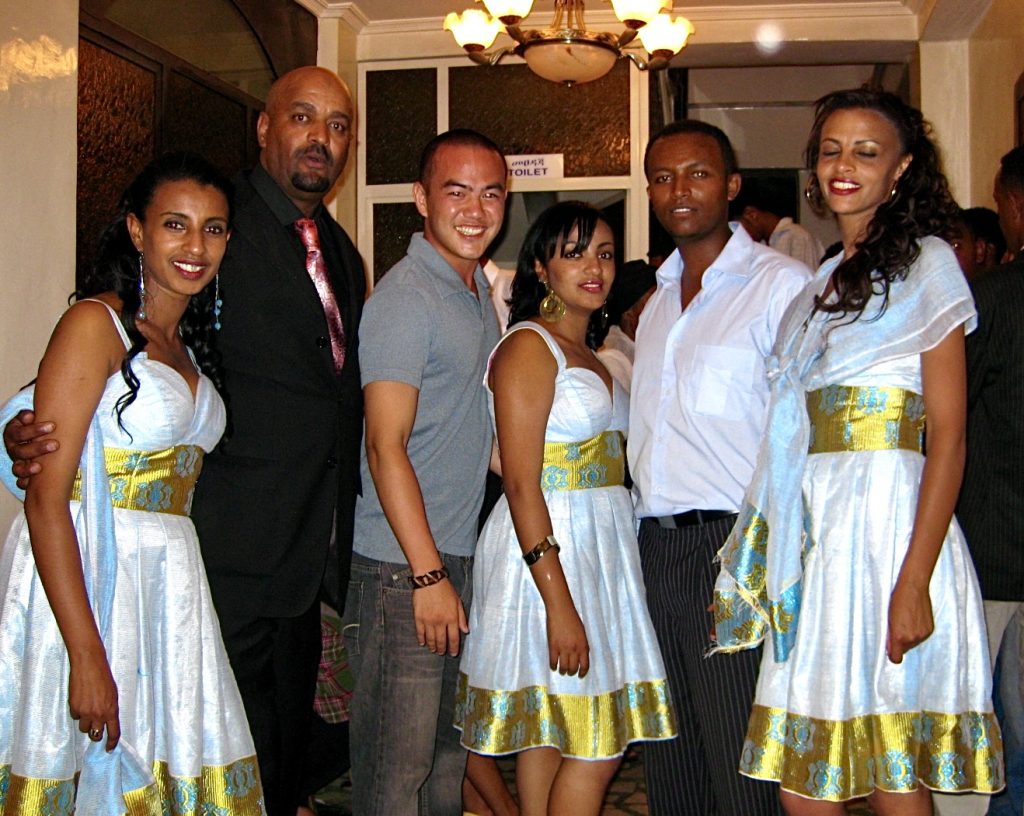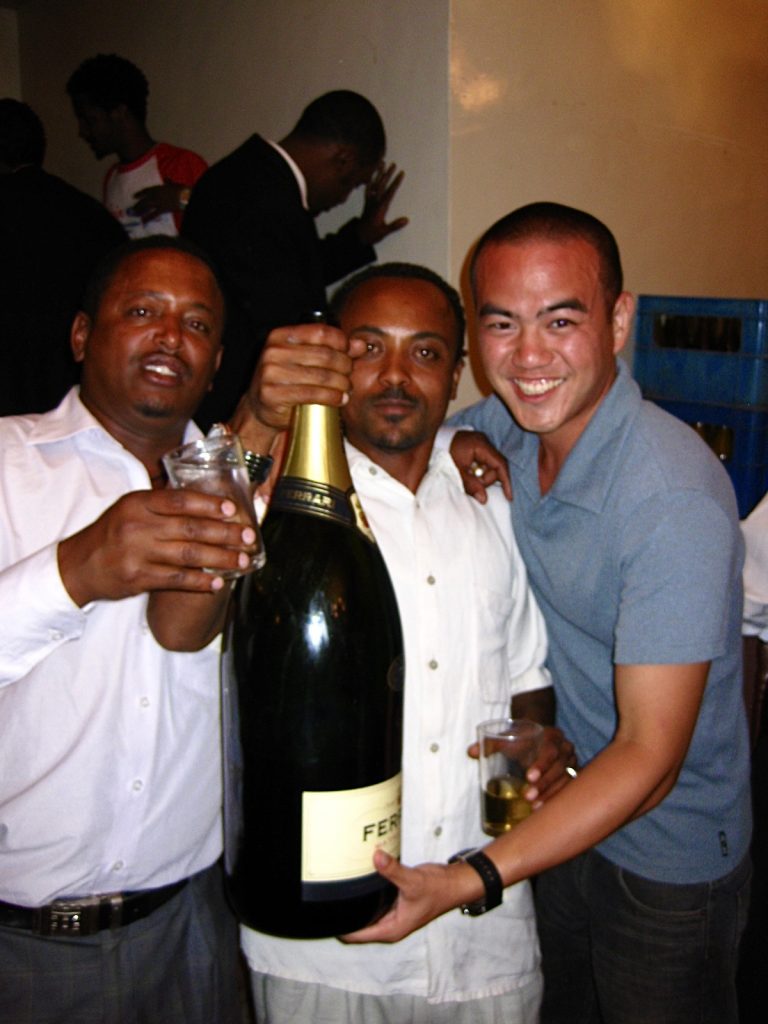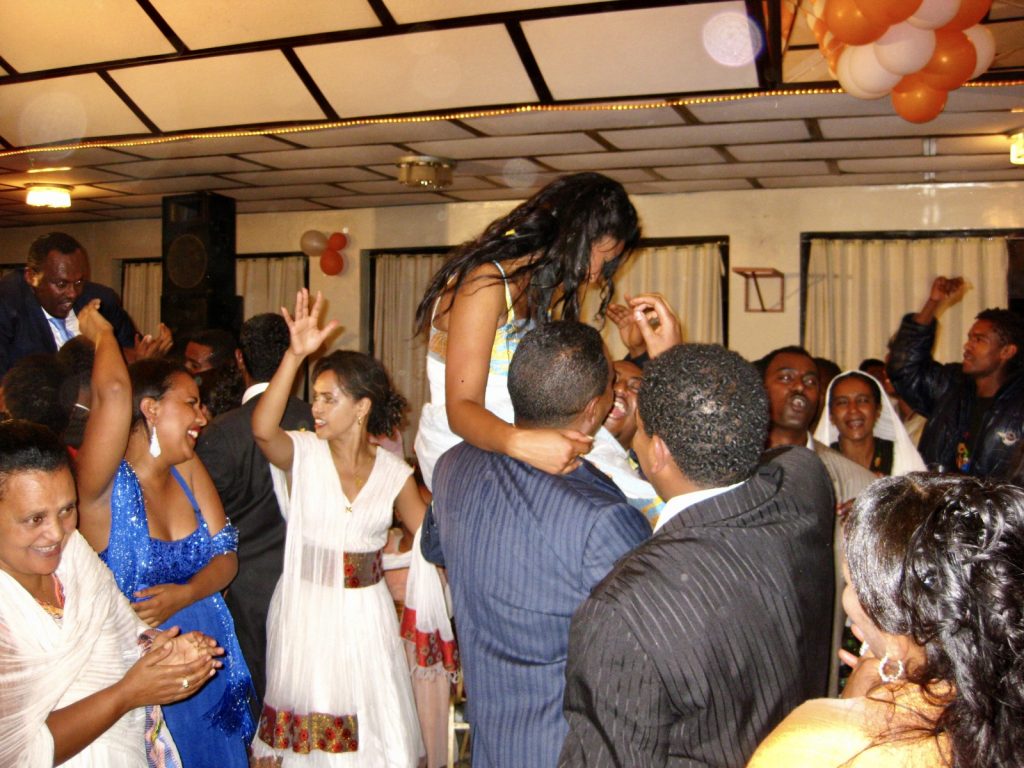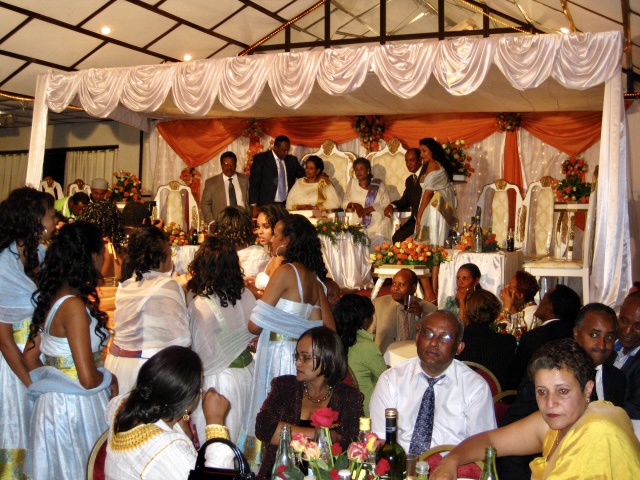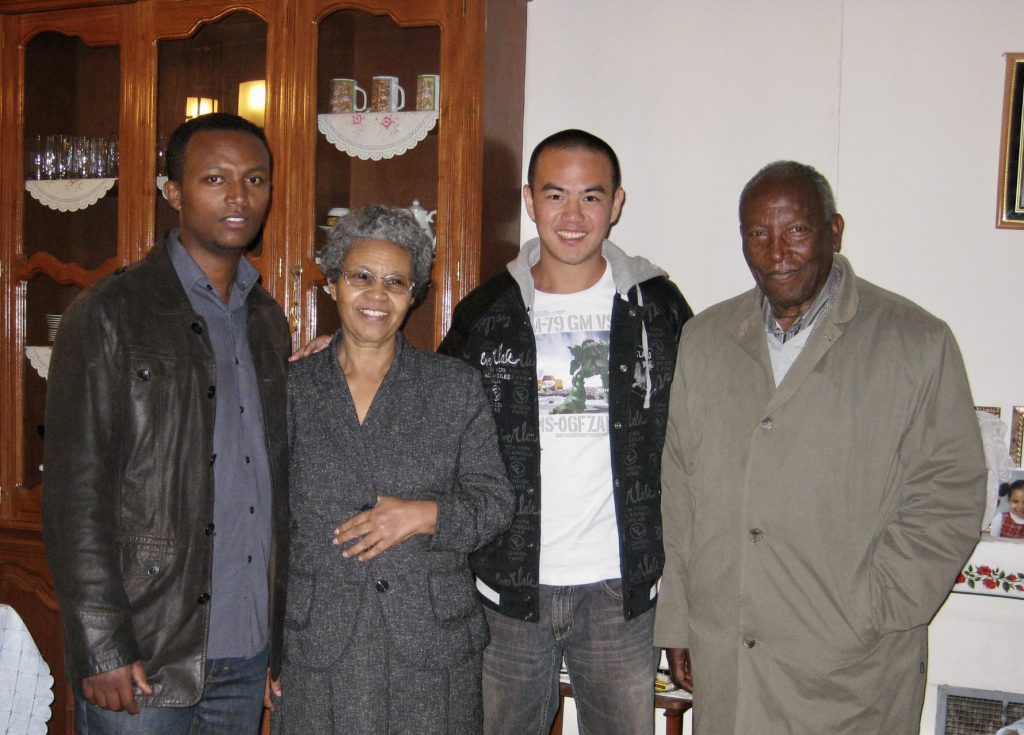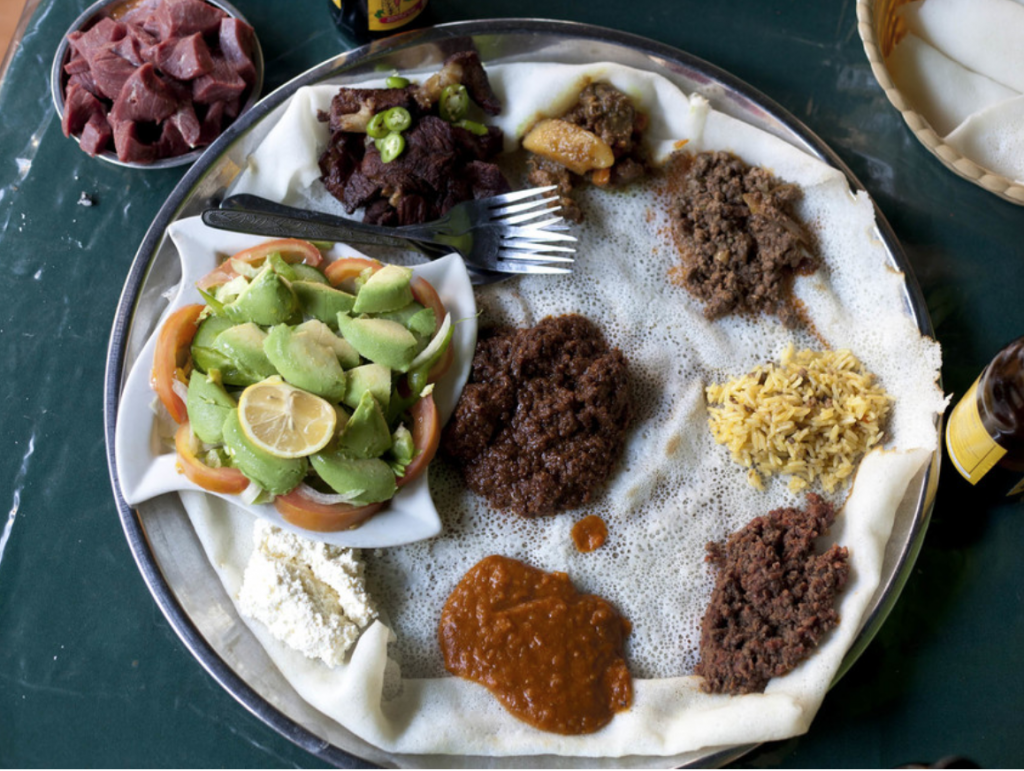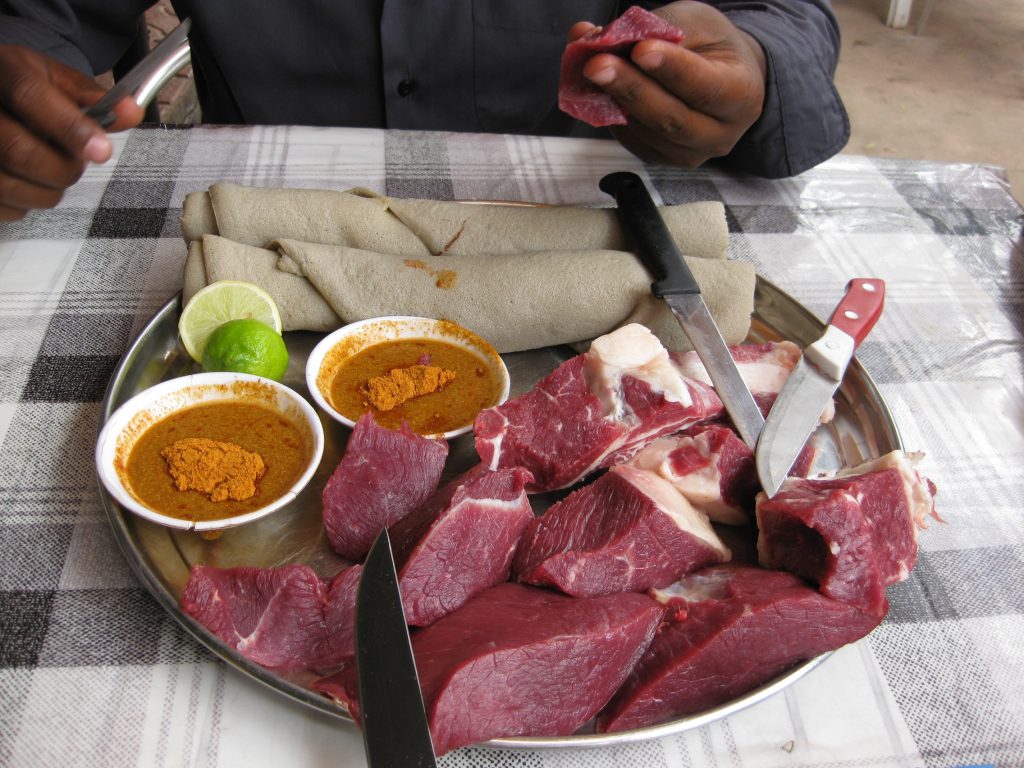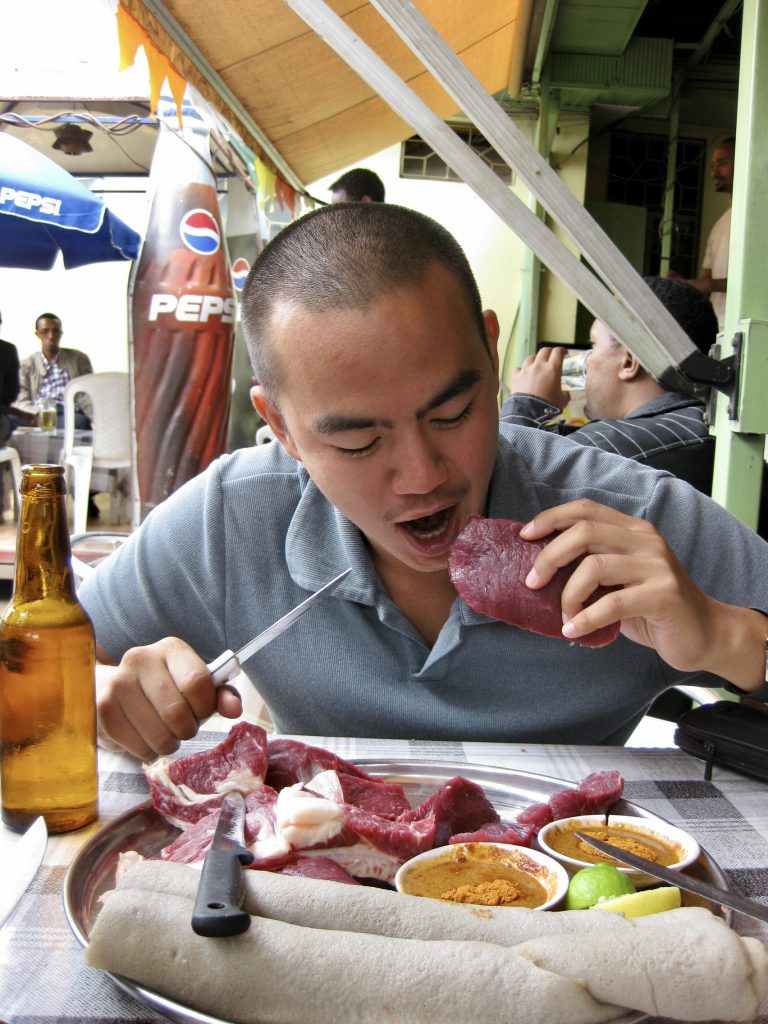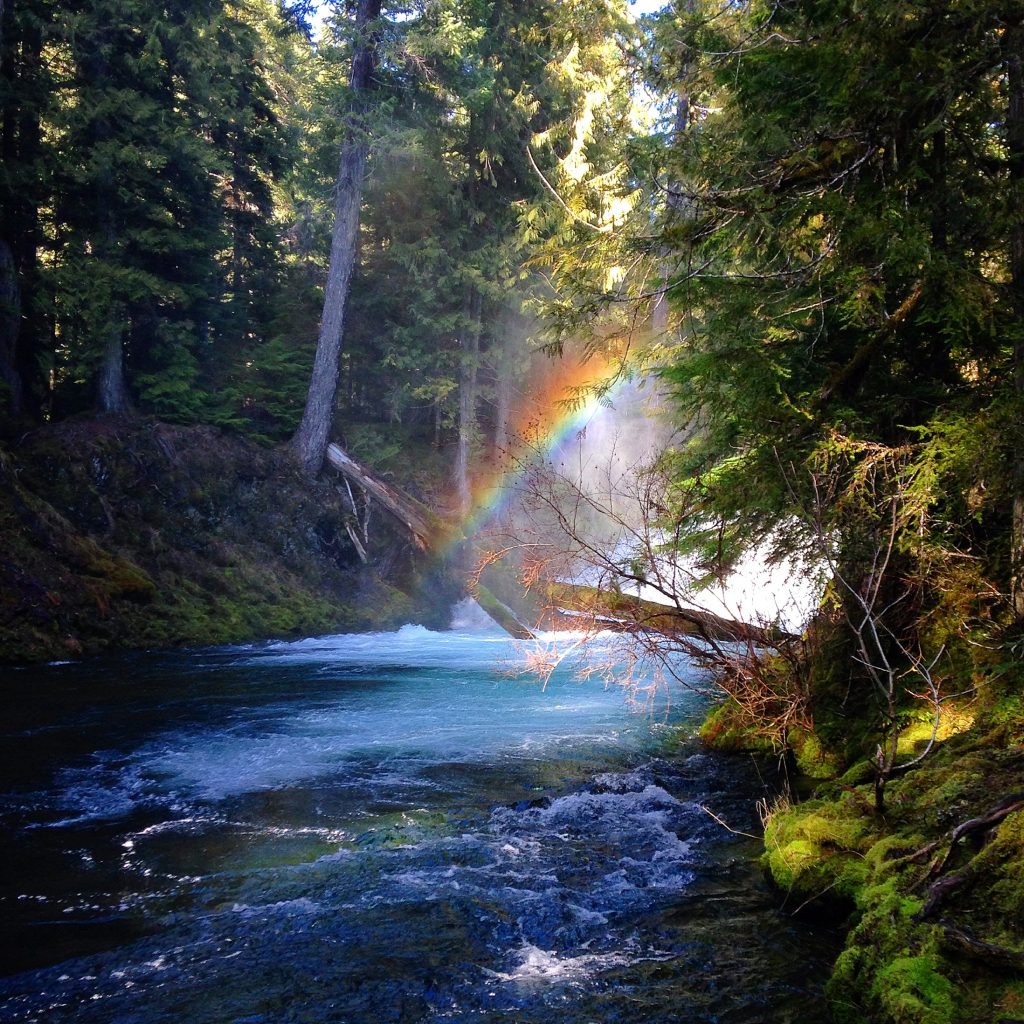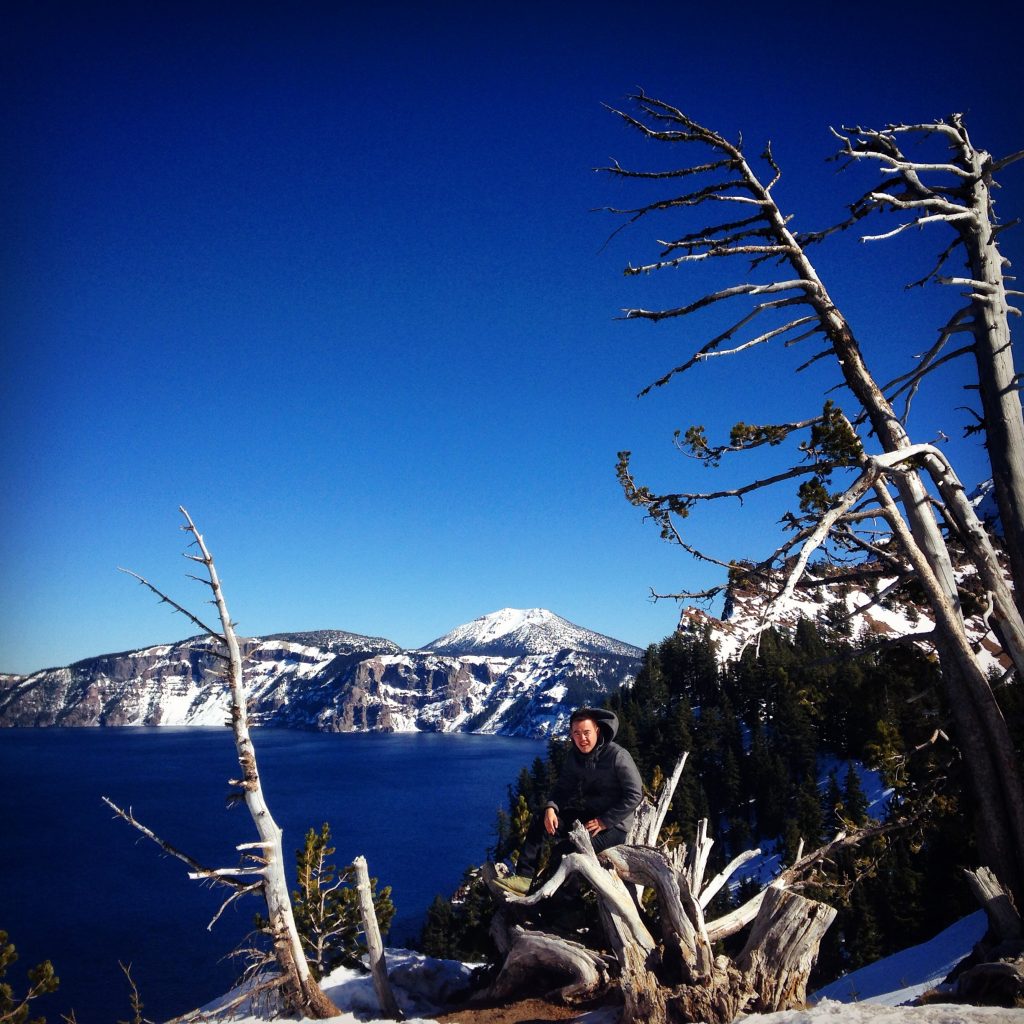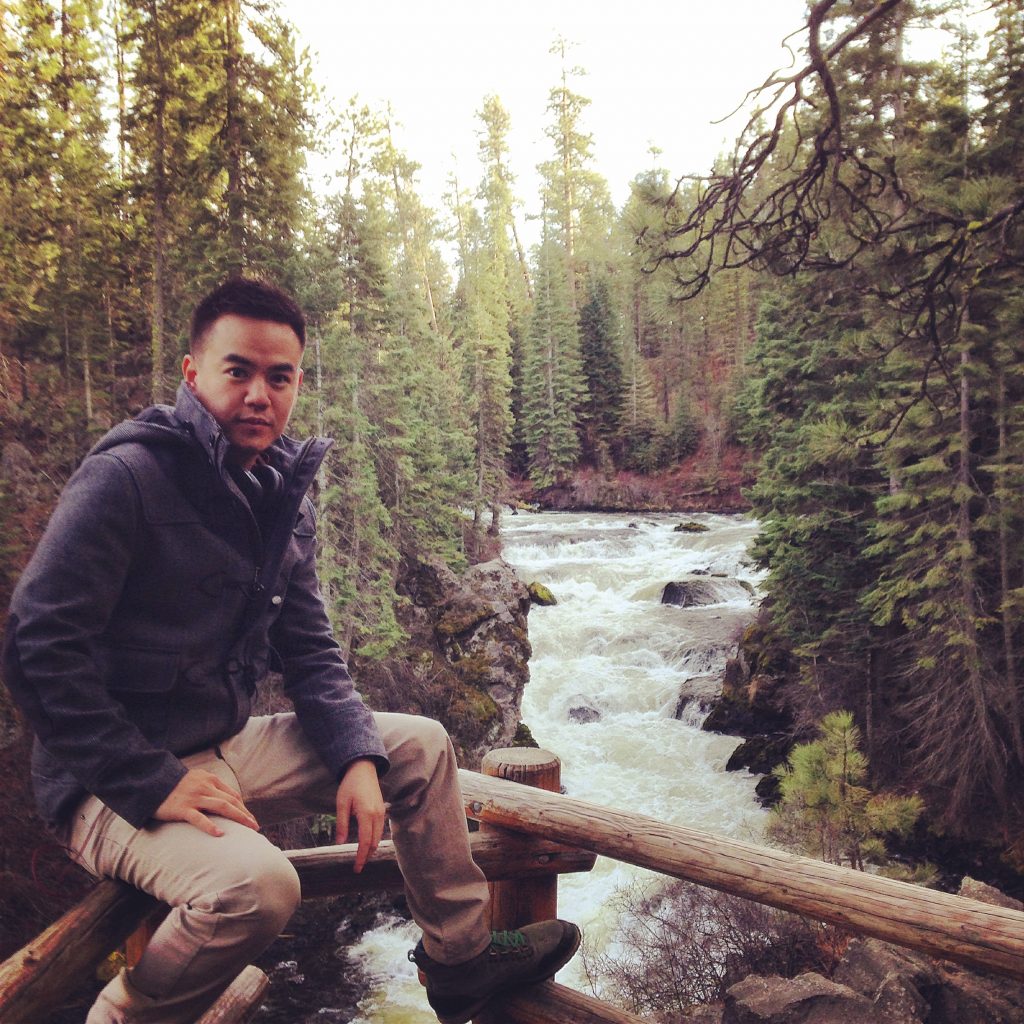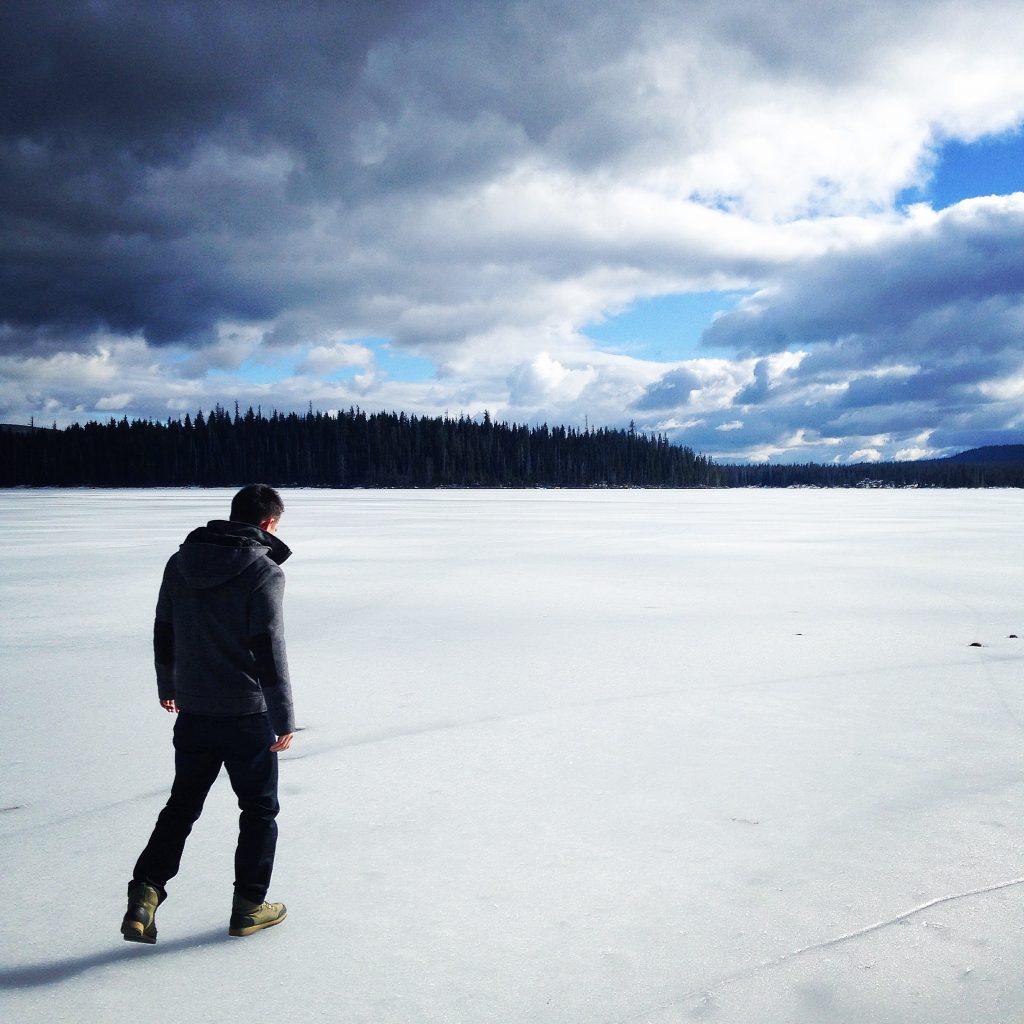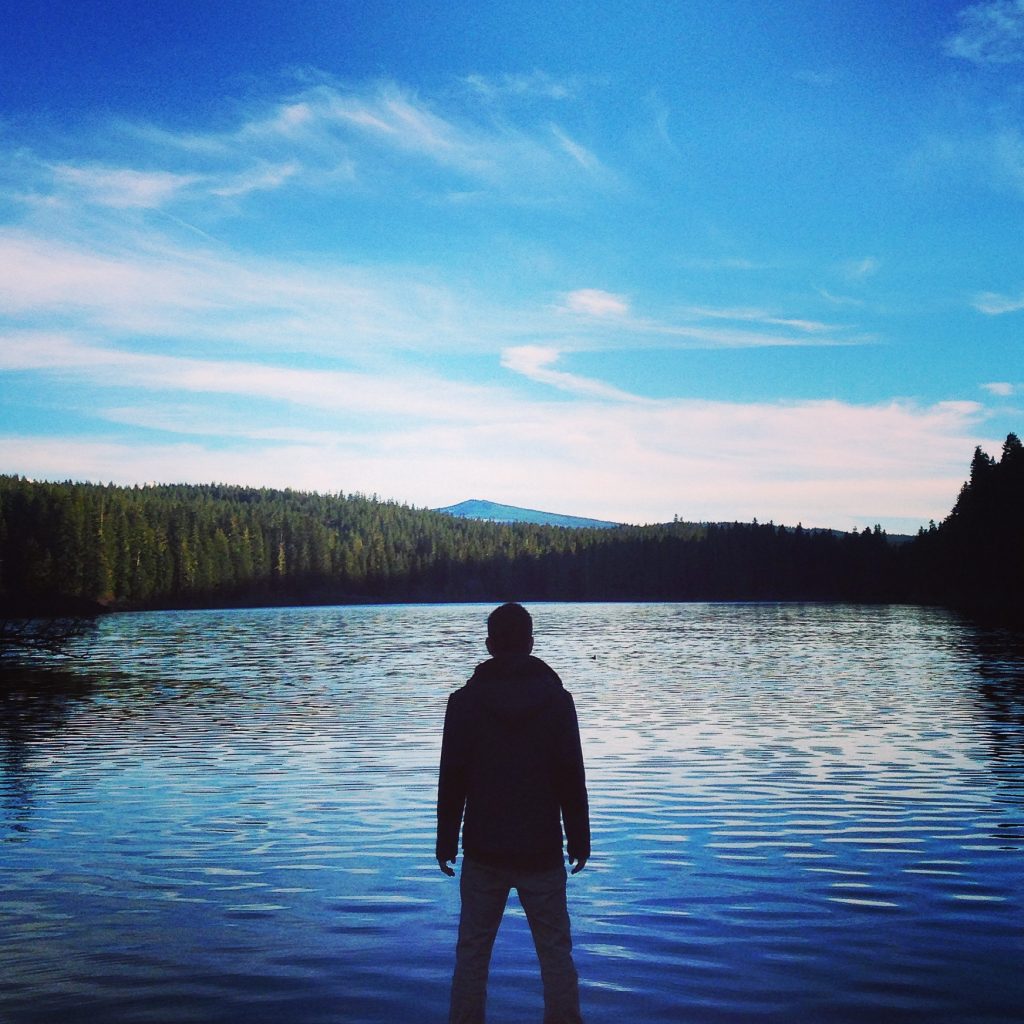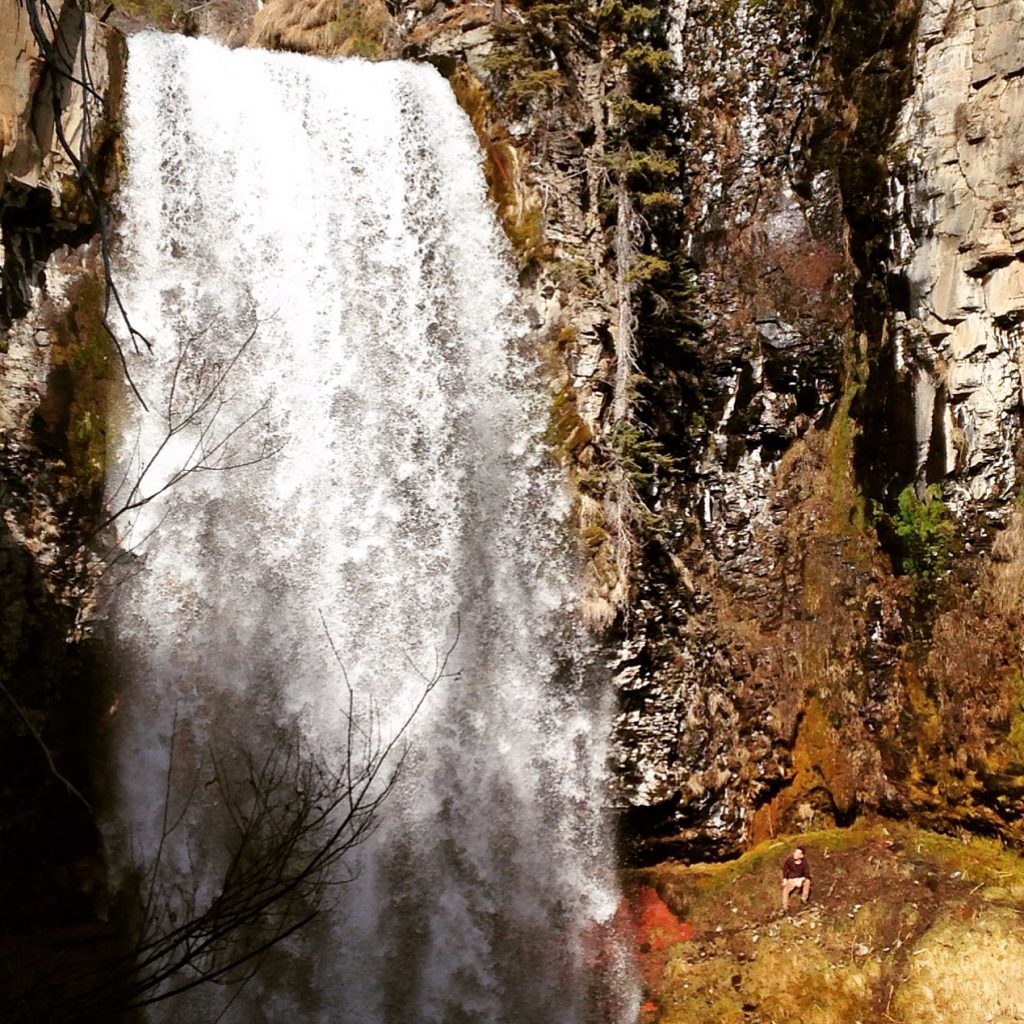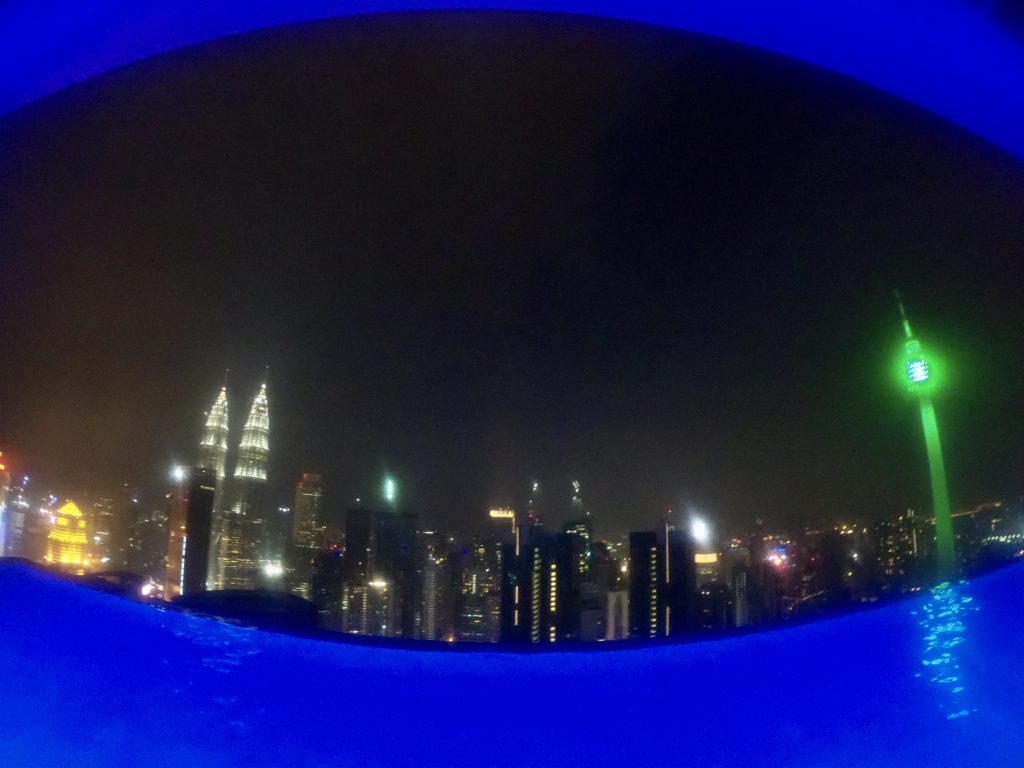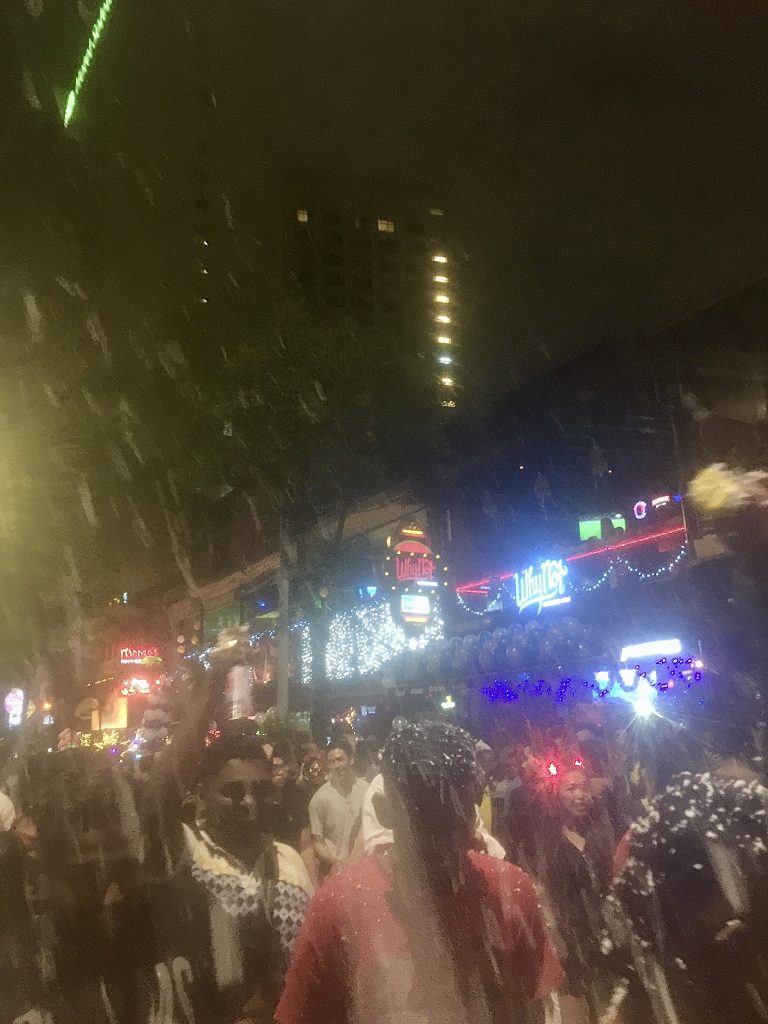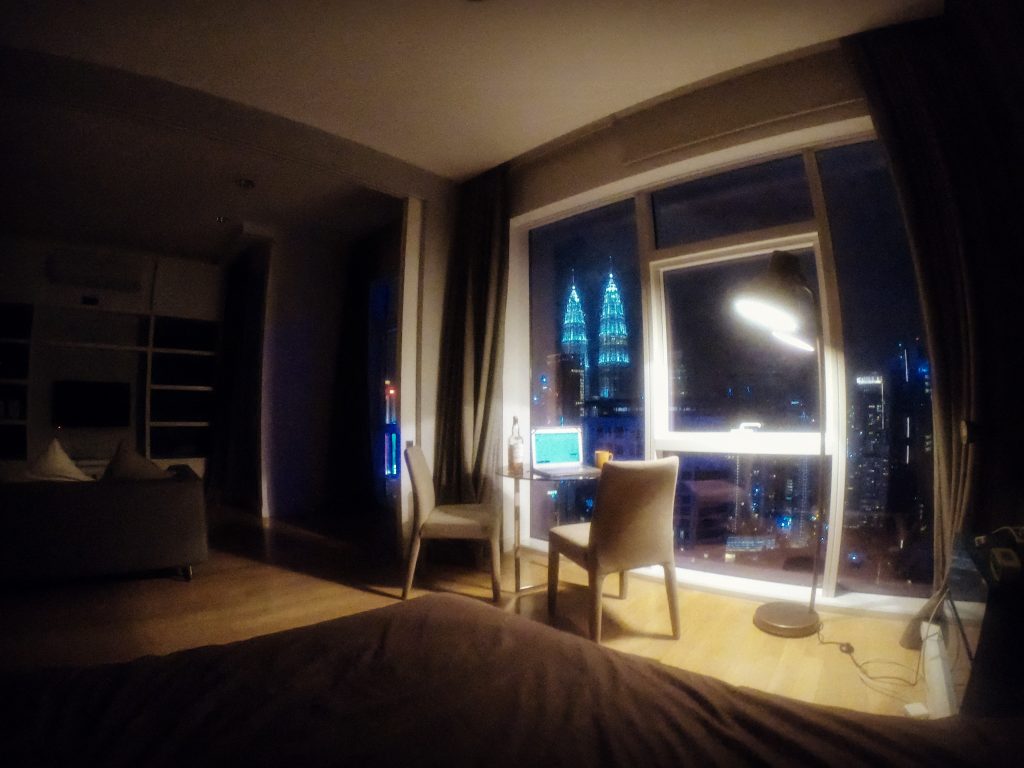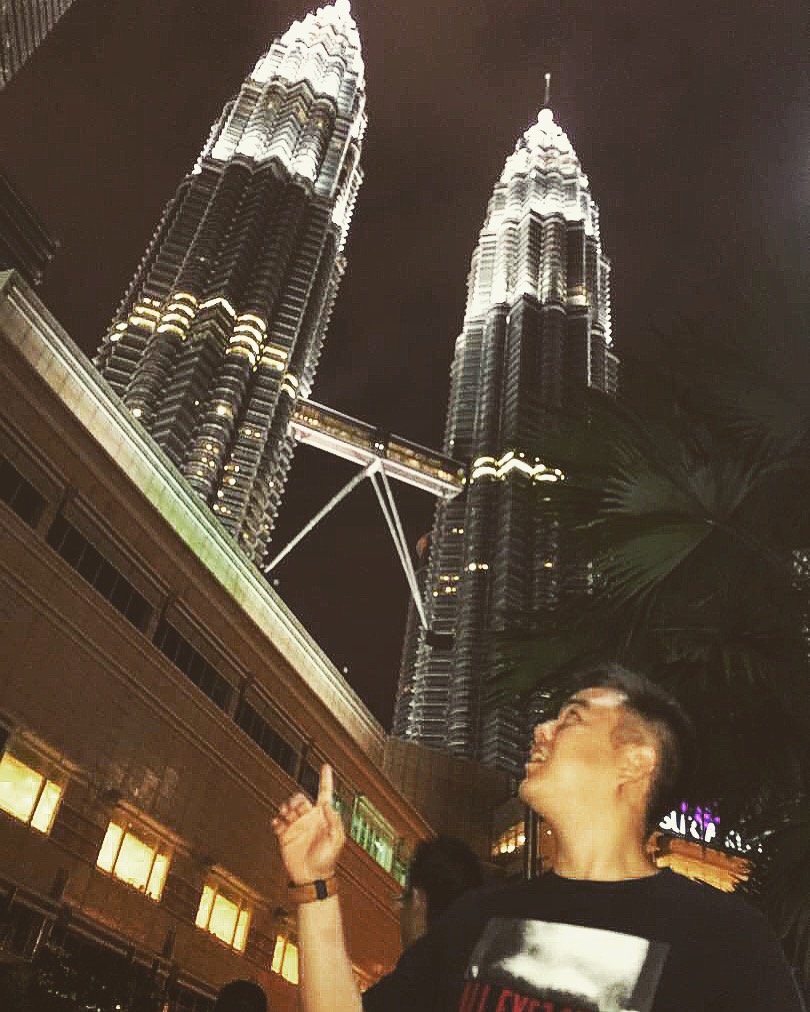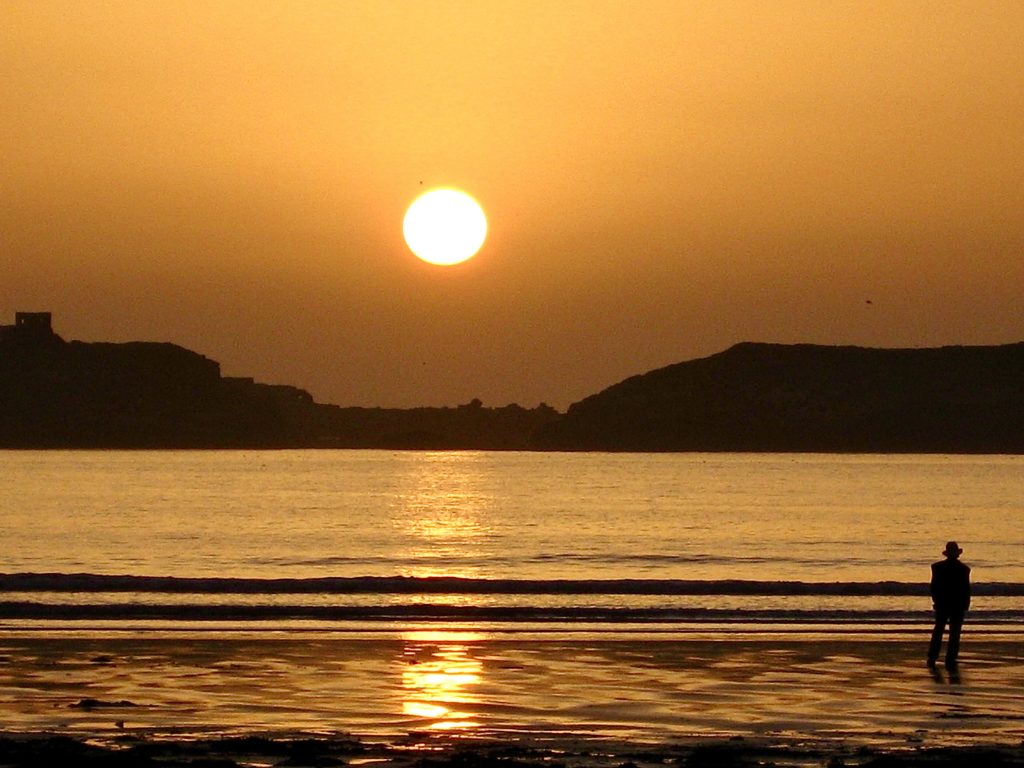
“Another day has passed, another sun has set; Like sands in hourglass, one day we’ll all get swept.”
Compared to other Arabian countries, Morocco is known for being one of the most tolerant, stable and safest. As a result, it has surpassed Egypt in the past decade as the most visited country in Africa, with nearly 13 million visitors annually. It’s close proximity to European countries like Spain and Portugal also makes it an easy plane or ferry trip away.
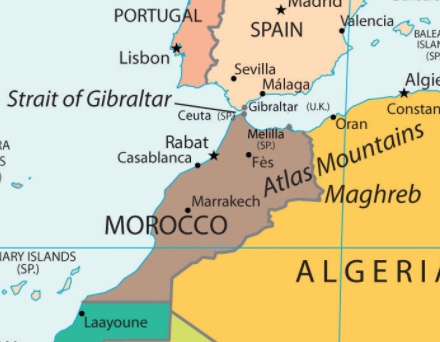
Of all the countries I’ve traveled to, Morocco probably tops my list in terms of being the most randomly inspired. One afternoon while at my friend’s house, I perused through his mother’s catalogue of Korean Vogue and Cosmopolitan magazines while I was doing my thing in the bathroom. While flipping through the pages, what immediately caught my eye were pictures of the Jemaa el-Fnaa market place in Marrakesh’s medina quarter. Within that instant, I knew I had to check it out and, sure enough, within a year I was there.
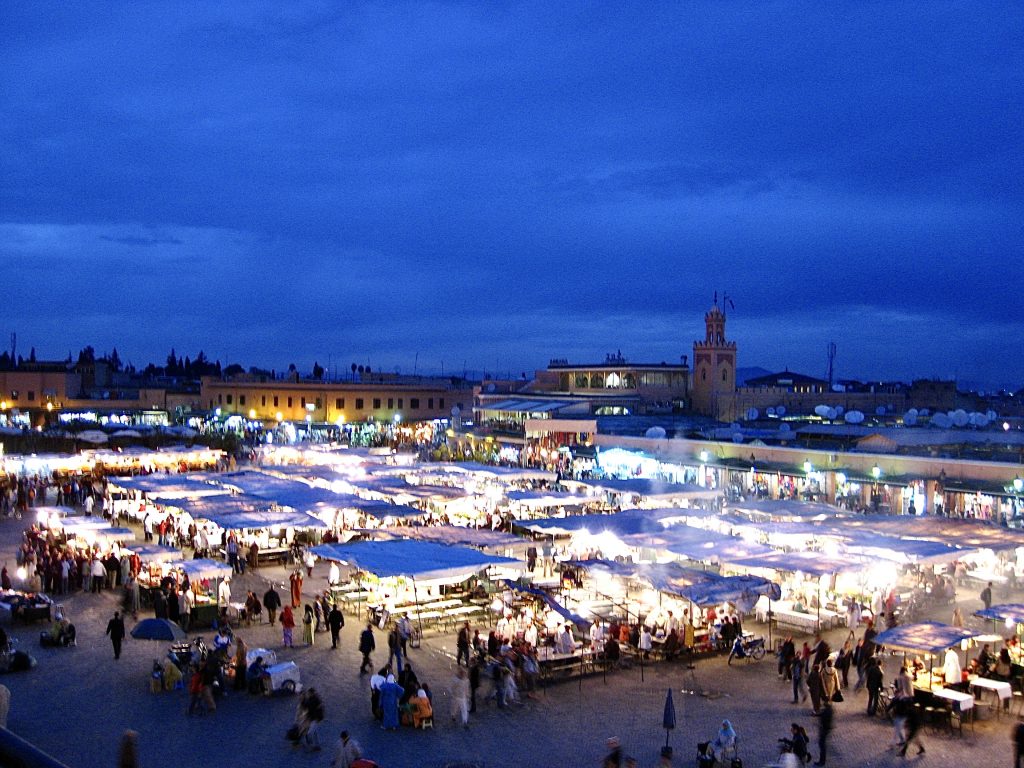
In life, instances like these are the most vivacious and pure — when you have a moment of inspiration, then go out and live it.
I flew into Casablanca and stayed at a colorful residence by the ocean.
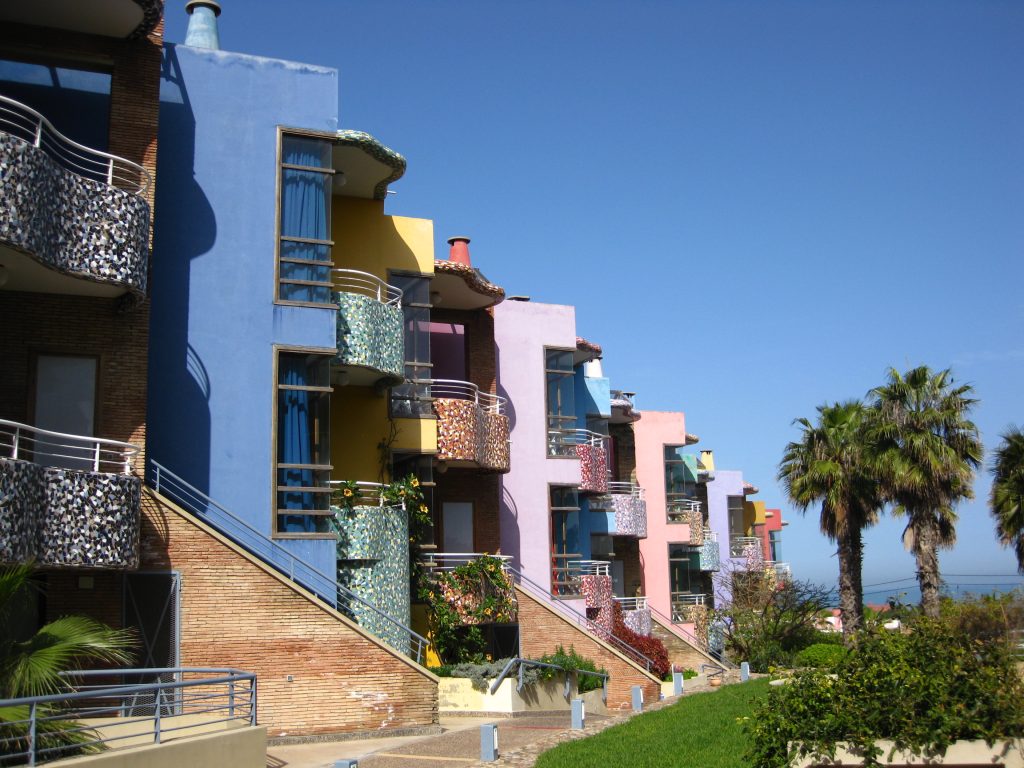
When arriving at Hassan II Mosque, which is the 7th largest active mosque in the world, I came upon a celebratory scene on my first day out, one in which the locals were cheering from their vehicles, waving flags as they passed by.
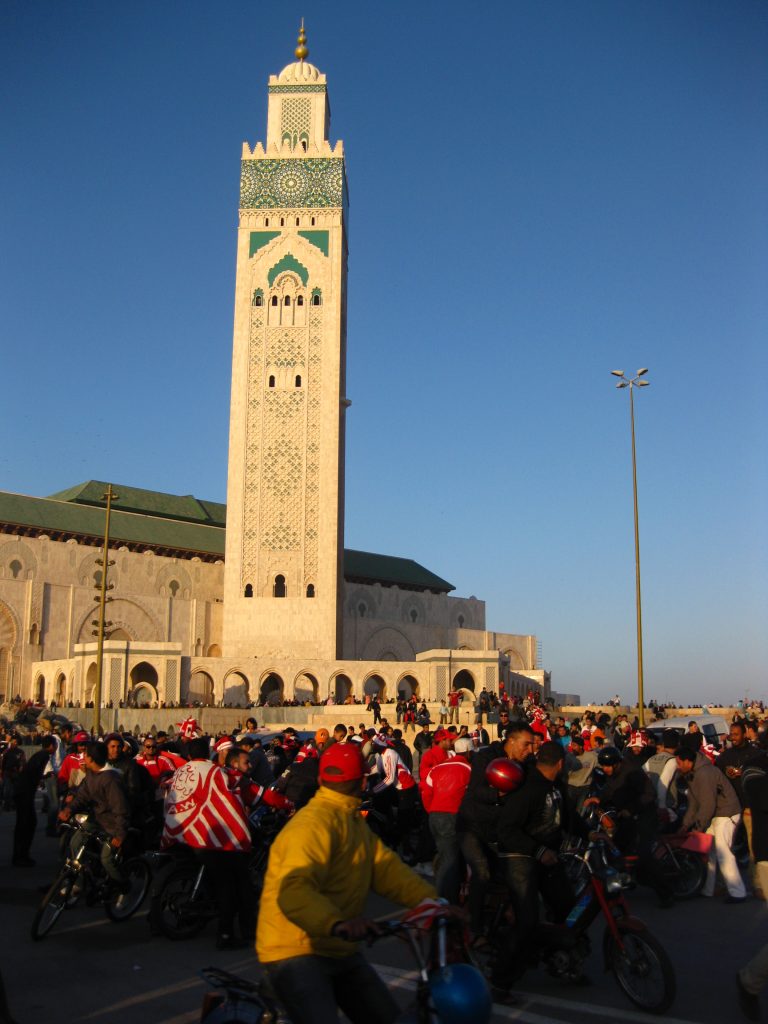
I’m guessing the local soccer team had just won a major victory as the entire town was lively and people stayed out into the night. Either way, it made for an interesting arrival to a country you’ve never been.

Inside the mosque, the scene was quiet and of reverence.
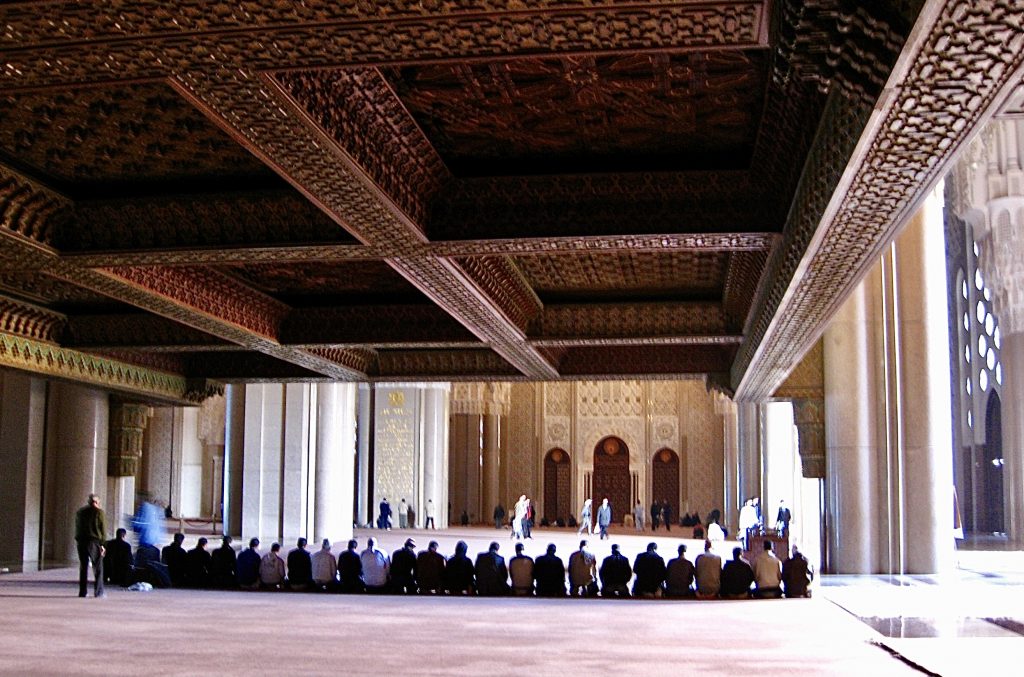
So I got down on my knees and sent a prayer back home as well.
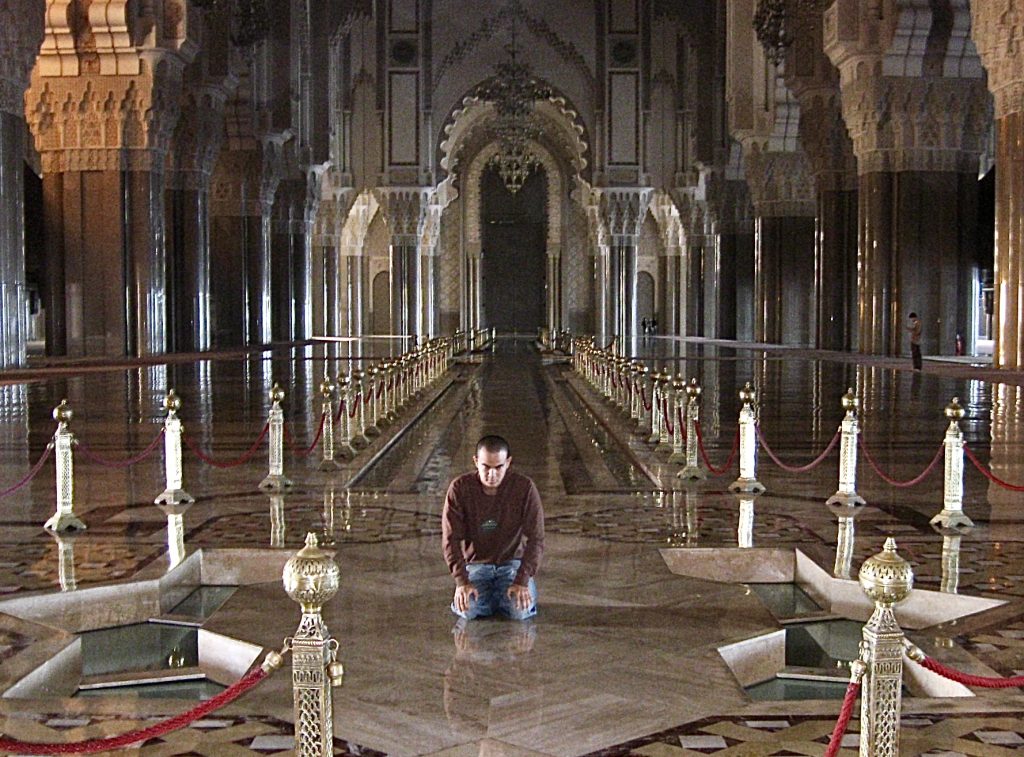
While walking the streets of Essaouria, which is a 250-mile drive south of Casablanca, I met a boy who wanted me to take a picture of him. It was a notable memory because before I took the shot, he looked around the ground for something to hold up, as if to show his pride. He ended up picking a rock and held it up against his chest.
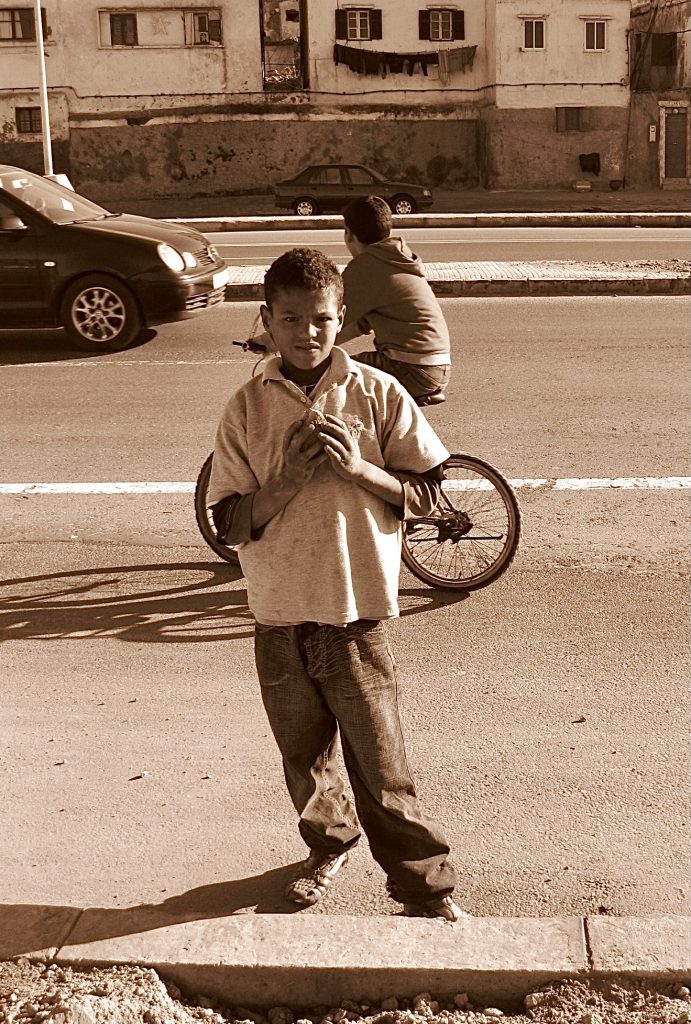
When I come across children like this in developing nations, it’s a bittersweet feeling. The interactions are pure but you realize how little they have in comparison to their counterparts in wealthier countries.
Of course, sometimes they ask for money but more often they’re just fascinated in meeting a foreigner and filled with wonder. As we get older, we lose that sense of childlike curiosity. These children serve as a reminder in my travels of how blessed I am — and how as a global citizen it is also my responsibility to give back.
Essaouria was designated a World Heritage Site in 2001 and is famous for its riads (bed-and-breakfasts) and artisans. In fact, the whole country of Morocco is known for its crafts, whether that’s its tanneries and ceramics or rugs and woodwork.
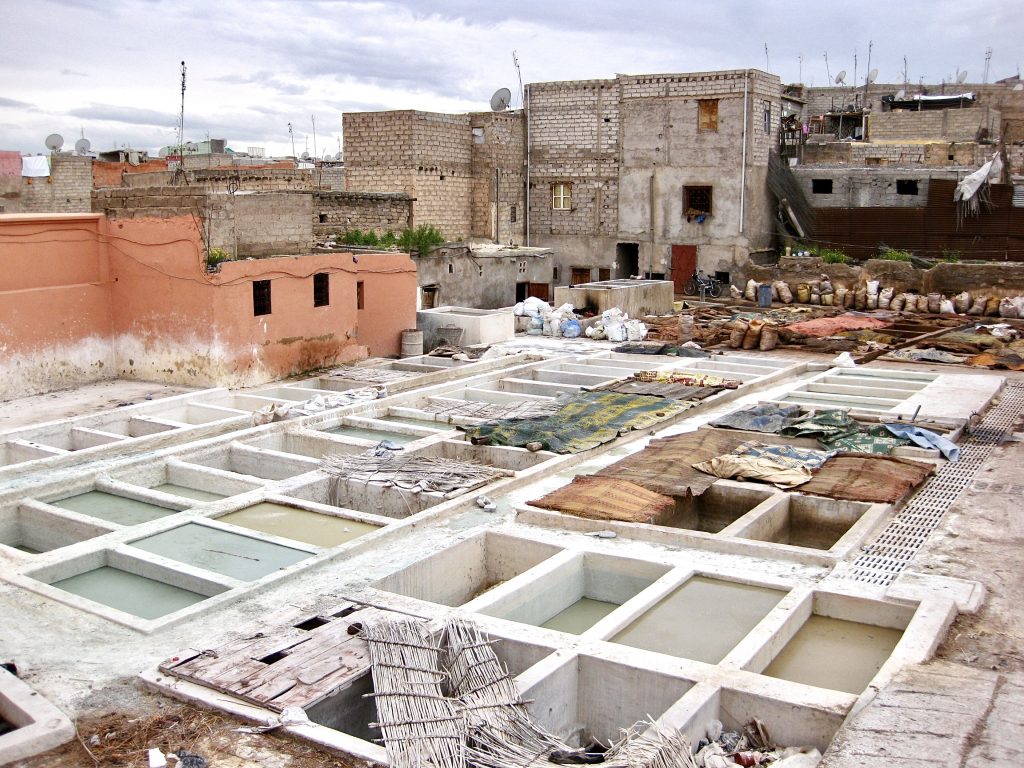
My next stop in Morocco was to Marrakesh, a city full of vibrant colors and mosaics set against the drabness of the desert.
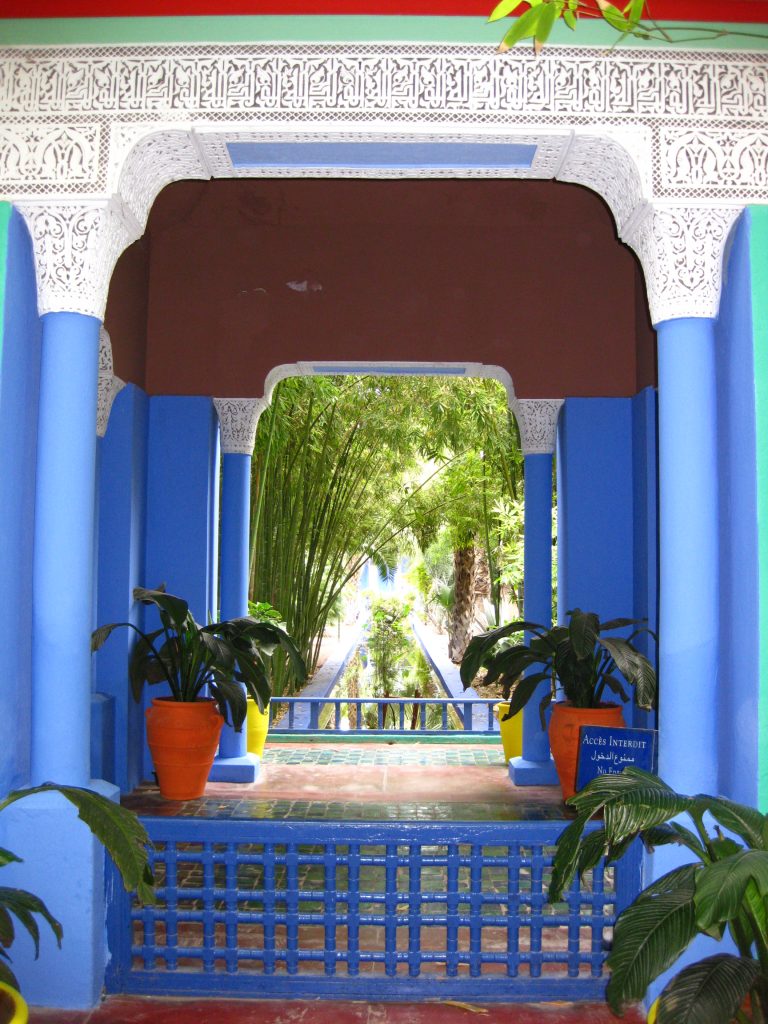
When I arrived in town, I stayed at a friend of a friend’s hotel. I forget the exact backstory of the hotel’s creation, but it was formerly a palace which they had converted into a hotel. I had arrived before they had officially opened but they were fully staffed in preparation. So it felt odd in a way, as there were no other guests. Once I arrived in or out of the hotel, all staff eyes were fixed on me. As a creature of the night, I had a very nocturnal sleeping schedule and wouldn’t return till around 6AM on most nights. They must have found me a peculiar guest.
Out of all of Morocco’s cities, Marrakesh is known for its nightlife, and I made the most of it.

But beyond the frivolities of these nights, what I takeaway most from my experience in Morocco is the hospitality of Kiasa, the daughter of the hotel owners. Out of all my travels, there are few individuals who have treated me with such grace and hospitality. It is these types of interactions that are good for the soul, adding a touch of warmth to what at times can be a cold world.
Sometimes referred to as the Daughter of the Desert, Marrakesh is a destination I would like to return again in the future to further explore its culture and history.
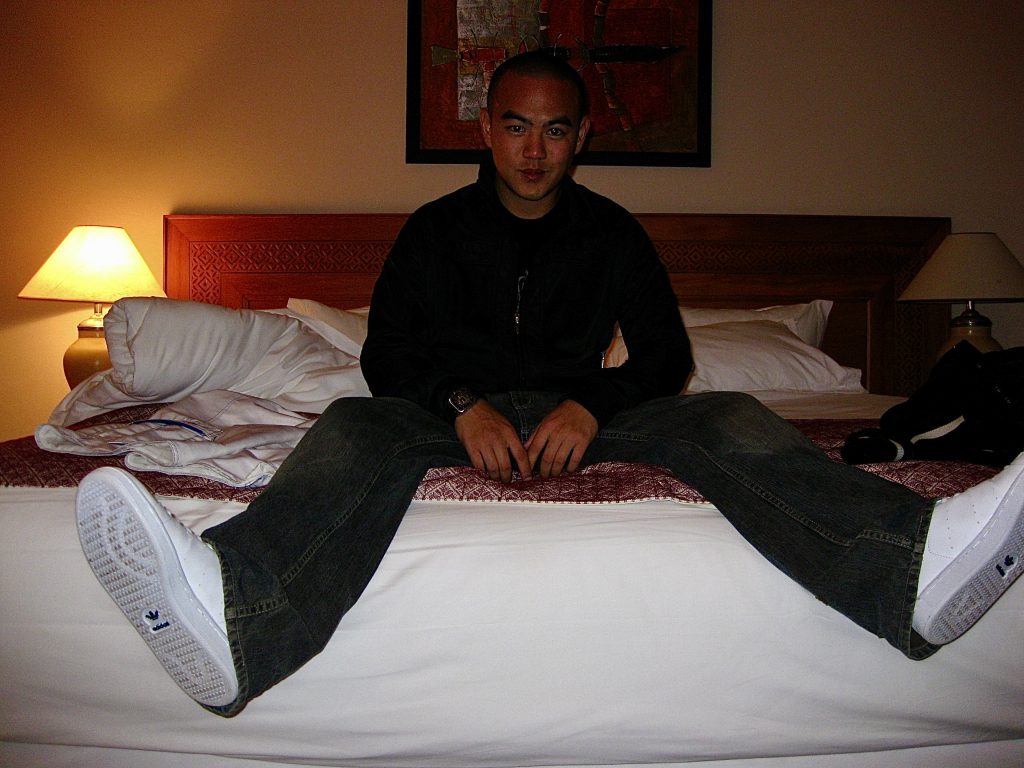
But, alas, there are only so many free days we have in a lifetime. So we must take heed to make the most of them.
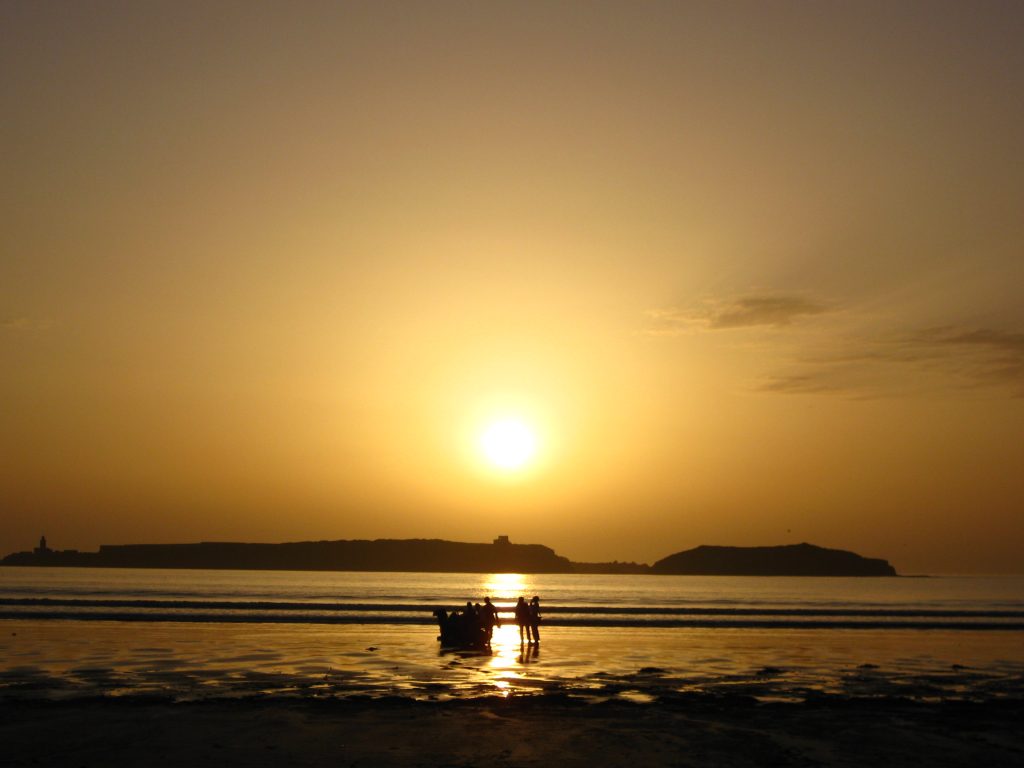
“All I ask a meeting, or greeting, I won’t be long; For time is a fleeting, one evening, we’ll all be gone.
